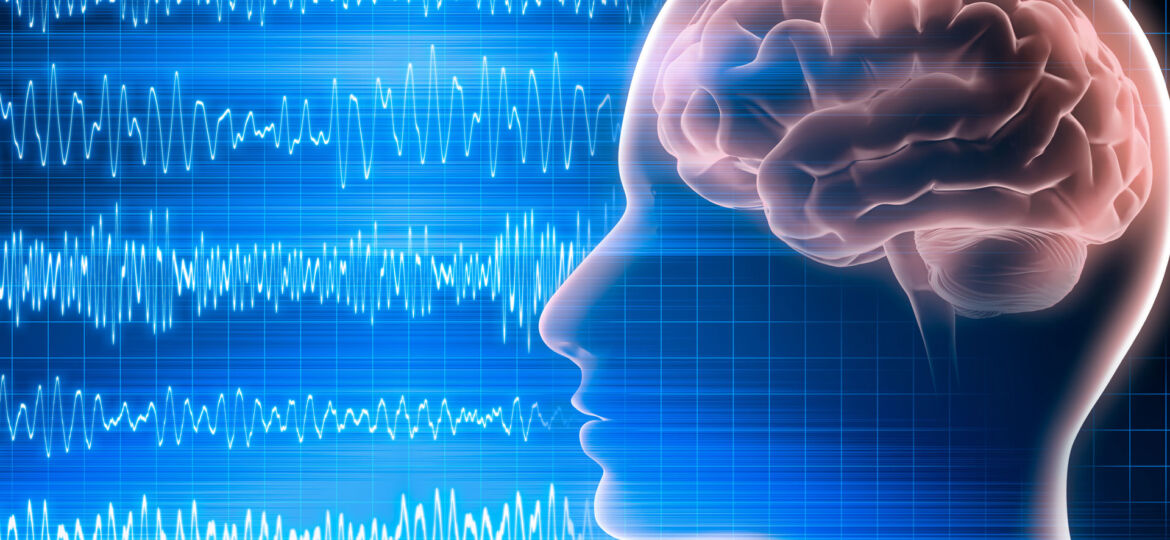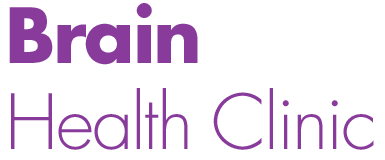
Part 3 of a Five-Part Series on the Neurofeedback Process
At the heart of our pre-therapeutic evaluation process in the qEEG, also called a brain map. Brain mapping takes an in-depth look at how your brain functions in a calm environment. With the brain map, we have a baseline reading of your brain activity before your neurofeedback therapy begins. We also have a point of comparison with standard readings taken from a large database of healthy individuals. Your brain activity is compared with readings made by people of the same age and gender. This allows your therapist to pinpoint areas of concern and to determine which parts of the brain need to function more efficiently to reduce your troubles.
What Does qEEG Mean?
qEEG stands for Quantitative ElectroEncephaloGraph. In other words, a qEEG is a measurement of your brainwave function measured via electrical sensors and then displayed in digital or analog graphical form. You can see a typical qEEG at the Brain Health Clinic. Seeing your own brainwave activity can be a powerful moment for a client, especially when the importance of the measurements are explained.
Things to Know About Brain Mapping
- We do not shave your hair to do brain mapping.
- There are no needles involved.
- You do not feel any electrical shocks.
- Brain mapping is a comfortable and non-invasive procedure.
Follow-up Brain Mapping
During the typical therapy regimen, we usually create a new brain map after every ten to fifteen neurofeedback sessions. This allows us to make sure that your therapy is on track. A final post-procedural brain map verifies the desired changes in your brain function.
If you have further questions about brain mapping, visit our other pages on the subject, or consult with the Brain Health Clinic.
